There are many fantastic materials used in the manufacture of jewelry today, but for the purposes of this article, I will concentrate on the big three: Gold, Silver, and Platinum. In subsequent posts, we will discuss newer materials used in contemporary designs.
A Brief History
If we think about the precious metals (a.k.a. noble) used in jewelry today, they are really not that different than they were in 4,000 B.C., when personal adornment with gold first began. And we've all seen pictures and studied ancient Egypt in school. The Pharaohs were draped in gold, drank from solid gold goblets, and wore chest plates of gleaming gold. Their gold jewelry and household items were so cherished that they were buried along with them in their tombs to use in the next life.
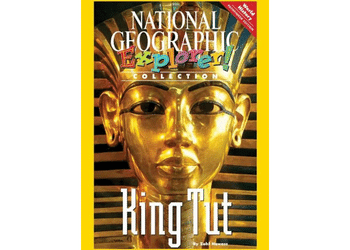
Silver too was also used for household items and objects of adornment. Beautiful high polished silver tea services and silver-handled hair brushes, combs and mirrors are objects found in the homes of the wealthy. Although the craftsmanship and beauty of these items are unquestionable, there is little or no demand for them today.
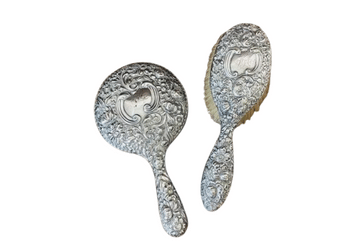
Everyone is familiar with the phrase, "born with a silver spoon in his (or her) mouth." The phrase conjures up images of wealth and privilege.
Silver jewelry is considered a staple today and highly popular with young people looking to start their jewelry wardrobes. It is a high-quality, beautiful precious metal and because of its beauty and reasonable price points, it is accessible to almost everyone.
Platinum
The third is platinum. But its use in the manufacturing of jewelry is relatively recent. This is because that up until the late 1800s a torch that burned hot enough to melt platinum was yet to be invented. The melting temperature is 1772 degrees Celsius (3215 degrees Fahrenheit.) But once such a torch was invented and because of platinum's strength and density, it could be crafted into delicate lattice designs.
Alloys
First, what is an alloy? and why wouldn't 100% pure metals be used?
When extracted from the earth, precious metals are separated from surrounding rocks and minerals and are in their raw, or pure state. In order to craft jewelry or objects and be described as precious, they must be workable. This means malleable (ability to be hammered or pressed permanently into another shape without breaking or cracking) and ductile (ability to be drawn out into thin wire.)
So how is this achieved? Precious metals are alloyed (mixed) with base metals to give them the properties needed to craft fine jewelry. For example copper, silver, zinc or nickel.
The purpose of creating alloys is to create a new metal with beneficial properties that no pure metal has on its own. For example, alloying will increase a metal's hardness and make it more durable. “Karat” refers to the actual percentage of pure gold a piece contains, as compared to its alloys.
Gold:
Of the three, gold is the most complicated of the alloys and can be confusing.
- 24 karat is pure gold and described as 1000/1000, parts. This is the purest form of gold and is quite soft. It is used to make beautiful gold coins (mixed with other elements for strength) and gold bars.
- In countries such as India, 24 and 22 karat gold is used in the finest jewelry pieces; enough gold must be used so that they do not bend and offer adequate durability. This of course increases the cost. Today the popularity of 24k gold jewelry is very much on the rise in the U.S.
- Bullion is a term is used to describe very high purity. Bullion and coins are stamped 999.9 and 24k jewelry. Stamped: 24k or 999.9.
- 22 karat which is roughly 92% pure gold 920/1000. Stamped 22k or 920. 80 parts copper, silver, zinc or nickel.
- 18 karat, which means 750/1000 or 75% gold and the 250 remaining parts can be copper, silver, nickel, zinc or a mixture of these. Stamped: 18k or 750.
- 14 karat is roughly 58.5% gold or 585/1000. 415 parts copper, silver, nickel, zinc. Stamped: 14k or 585
10 karat is 41.7% or 417/1000 parts gold 10 parts gold and 583 along with nickel, zinc, and copper. Stamped: 10k or 417
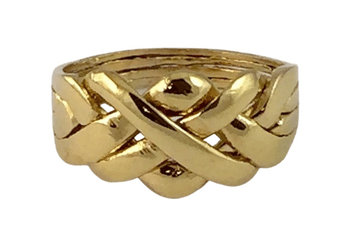
Silver
Is a little more straightforward. Fine silver is .999 or 99.9% pure and is found in silver bars and some collectible coins.
Sterling silver is at least 92.5% 925/1000 pure silver by weight with 7.5% 75/1000 copper and sometimes nickel or palladium.
Sterling is the most common silver we see in the marketplace. U. S. Federal Trade Commission (FTC) guidelines state that anything containing less than 92.5 percent silver cannot be called sterling silver. Stamped 925
Platinum
As mentioned earlier is the youngest noble metal. It is rare to find platinum jewelry older than 100 years. Because of its hardness and strength diamonds in top-quality pieces are almost always set in platinum.
Platinum's exceptional density makes it heavy and strong and its white color will not reflect color into diamonds. The difficulty in mining and refining platinum adds to the value and cost of the metal, which is the most expensive of the three.
Like gold, platinum is alloyed when used in jewelry, usually with other members of the platinum group such as iridium,osmium, palladium,rhodium or ruthenium. The most popular alloy is 95% platinum with 5% ruthenium. Because these metals are rare and valuable in their own right, they too add to the cost and value of platinum jewelry. You will immediately notice the heavier weight the moment you hold a piece of platinum jewelry in your hand. Stamped PT950 or Plat.
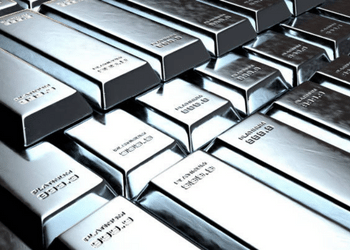
How Do Various Colors Of Gold Get Their Color?
Have you ever wondered, when shopping for gold jewelry, why the colors vary from store to store and even counter to counter even if they are the same karat? Well, that has to do with the "recipe" of the alloy. I mentioned earlier the various metals that are mixed in with the gold, the amount is based on what karat is being produced.
The collective percentage of base metals added will always be the same depending on which karat gold is being produced, but the individual amounts that comprise that percentage can differ, which in turn can alter the color. But logically, the higher the karat, the more gold and the brighter yellow the piece will be.
Other popular colors are:
White Gold
Gold is naturally bright yellow in color. Therefore, even white gold is not completely white. 18k white gold consists of gold, copper, silver, nickel or palladium, and then plated in rhodium.
Rhodium is a platinum group metal that gives the piece a brilliant, long-lasting, white surface color. Plating white gold with rhodium is a widespread practice in the industry and can be reapplied if worn off, damaged or when the item undergoes repair or resizing.
Rose Gold
Rose gold is extremely popular due to its soft hues. Copper, usually a higher amount in the "recipe" is used to achieve the desired hue. Higher or lower amounts of copper in the recipe produce red and pink gold respectively.
Black Gold
Is actually created by surface treatments, such as oxidation, patination (that leaves a thin black surface coating) or vapor disposition (a heating and vacuum process that deposits a layer of dark rhodium on metal) all of which will eventually wear off, but the process is repeatable.
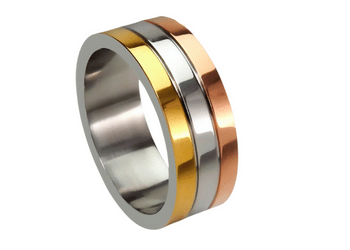
Advantages Of Precious Metals
Gold Alloys
Facts and Advantages:
- Variety of colors
- Wide range of price points based on the ratio of gold to base metals in the piece, and design (delicate or more hefty)
- Mixes and matches well with white metals
- Gold does not tarnish
- Yellow and rose gold can be polished to restore bright shine
White and black gold require a rhodium finish – no polishing required
Sterling Silver
Facts and Advantages:
- The shine and brightness – 90% of light is reflected off its surface
- Attractive and accessible price-points
- Sterling silver jewelry is a great first-time jewelry purchase
- Many designs are mixed with gold and/or gemstones
- Sterling silver is 100% antibacterial
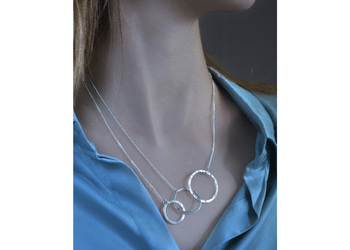
Platinum Alloys
Facts and Advantages:
- Strongest and most dense of the precious metals
- Its strength lends itself well to delicate designs
- Platinum does not tarnish
- Platinum settings do not reflect yellow into near colorless and colorless diamonds
- Its strength lends itself to settings for high-quality diamonds and gemstones for extra security
- Ideal for customers with sensitive skin – 100% hypoallergenic (used in surgical instruments)
- Can be polished to restore its reflectively
- Mixes well with other white metals and all colors of gold
Caring For Your Jewelry
Sterling Silver: What are tarnish and patina?
Tarnish
Is defined as a surface discoloration of silver alloys caused by sulfur dioxide, a naturally occurring element in the atmosphere, or by contact with sulfur-rich substances such rubber bands, or chemicals containing sulfur. The discoloration can be black, bluish-black or even red to orange. It can be removed simply by polishing or dipping pieces in silver jewelry cleaner. See or article: How To Clean Jewelry
Patina
Is defined as a soft dull finish created on the surface of silver. A multitude of tiny scratches, daily wear results in patina.
If you prefer a bright reflective surface, pieces can be re-polished to restore most of the shine. Some people prefer the softer, mellowed appearance that patina creates and do not want their pieces polished. If you are one of these people it is important to tell the jewelry professional you are working with that you do not want the piece(s) polished.
Prices are exactly the same for you if your purchase is made through an affiliate or a non-affiliate link.
You will not pay more by clicking through our links.
How to Clean Sterling Silver Jewelry
Use a liquid cleaner (non-abrasive) for sterling silver items to remove tarnish, it will not remove the patina. Rinse and dry well to avoid residual dark spots; if they do form they are very difficult to remove.
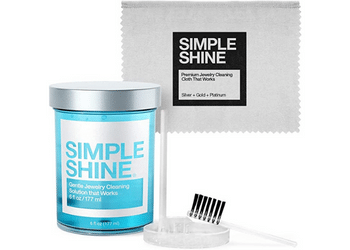
How to Clean Gold and Platinum
Gold and platinum do not tarnish and can be cleaned using a non-abrasive, clear liquid jewelry cleaner or polishing cloth. Do not wear gold when in swimming pools. Chlorine will create small dents or holes on the surface (pitting).
To restore the brilliant, shiny surfaces on all surfaces (other than rhodium plated items) professional polishing is required. See our article The Best Jewelry Cleaning Kits. Here we provide recommendations to keep your jewelry beautiful, including polishing cloths, ultrasonic baths and safe liquid cleaners.
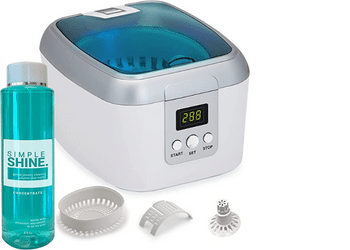
How To Safely Store Your Jewelry
Store jewelry in the packaging provided at purchase–make sure pieces do not touch each other in jewelry boxes where harder materials, such as diamonds will scratch and damage other pieces.
All jewelry should be removed prior to using household chemical cleaners, as well as when playing sports. Be sure to place them back in the jewelry box or safe place, so many people misplace or lose jewelry by being forgetful. Wearing rubber gloves will protect your jewelry, as well as your skin.
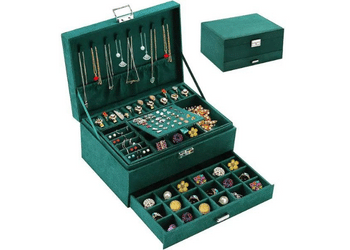
Conclusion:
In conclusion, gold, silver and platinum pieces are beautiful and if well taken care of will last and cherished for generations.
Thank you for reading our article; please leave your comments and questions below. Join the conversation by signing Up!
Happy Shopping!
Francesca de Granville, G.G. (GIA) F.G.A.
Read our full Affiliate Disclosure


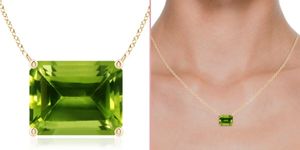
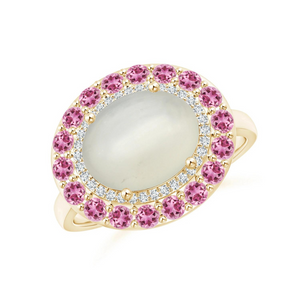
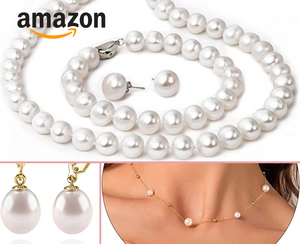





Member discussion